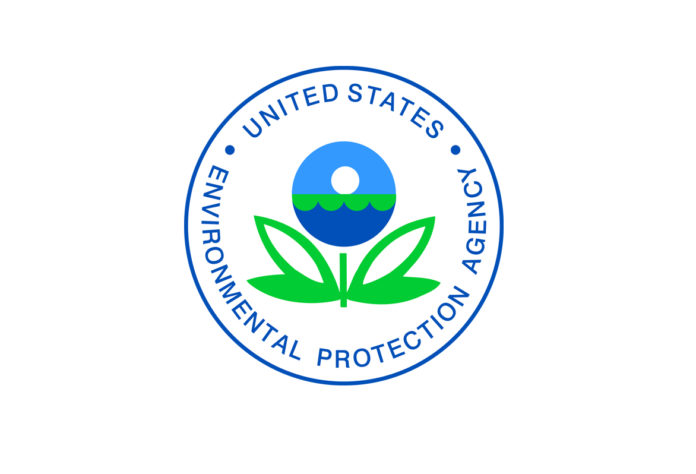WASHINGTON, D.C. – The U.S. Environmental Protection Agency (EPA) has released proposed changes to the guidance and allocation of the Indian Environmental General Assistance Program (GAP). GAP is EPA’s largest capacity building program for tribes. Enacted by Congress in 1992, GAP provides grants and technical assistance to tribes and intertribal consortia to plan, develop, and establish environmental protection programs and to implement solid and hazardous waste programs and service delivery activities. In FY2021, $66.25M was awarded to more than 525 grantees to address their environmental priorities.
“GAP is one of the primary resources EPA uses to support our government-to-government partnership with tribes,” said EPA Assistant Administrator Jane Nishida. “In the past 30 years, tribes have made tremendous progress in building tribal environmental program capacities with GAP, producing incredibly impactful and meaningful environmental outcomes.”
“GAP has assisted recipients across the nation to identify and address environmental priorities impacting their communities, homelands, and lifeways,” said JoAnn Chase, Director of American Indian Environmental Office.
The tribal consultation opportunity on proposed changes to the National GAP Allocation and GAP Guidance on the Award and Management of General Assistance Agreements for tribes and Intertribal Consortia began on Tuesday, Apr. 4, 2022, and will continue through Aug. 2, 2022. The draft changes reflect considerable input from tribal governments, including consultations on how to improve the administration of GAP and potential changes to the allocation methodology, numerous tribal engagements, and tribal participation in guidance revision workgroups. The draft changes advance our government-to-government partnership with tribes by providing greater flexibility, access, transparency and accountability in EPA’s funding and performance management approaches to GAP.
Throughout the year, the EPA’s American Indian Environmental Office (AIEO) is recognizing the 30th Anniversary of GAP by highlighting the successes of tribes and the environmental improvements in their communities. Tribes have used GAP for a broad range of capacity building and solid and hazardous waste implementation activities, including assessment of environmental conditions and strategies to combat air, water, and land pollution, conducting public education and outreach to prepare and inform communities to participate in environmental decision-making, developing codes and ordinances, and training of tribal government inspectors to conduct compliance monitoring activities.
Additionally, GAP has helped tribes receive 97 program delegations to date to administer programs relevant to the Clean Water Act, Safe Drinking Water Act, and the Clean Air Act, and has supported the development of nearly 300 Integrated Waste Management Plans for implementing tribal waste management programs.
Projects stemming from this tribal grant opportunity will help achieve the goals of President Biden’s Justice40 initiative, which aims to ensure that federal agencies deliver at least 40 percent of benefits from certain investments to underserved communities.
















































